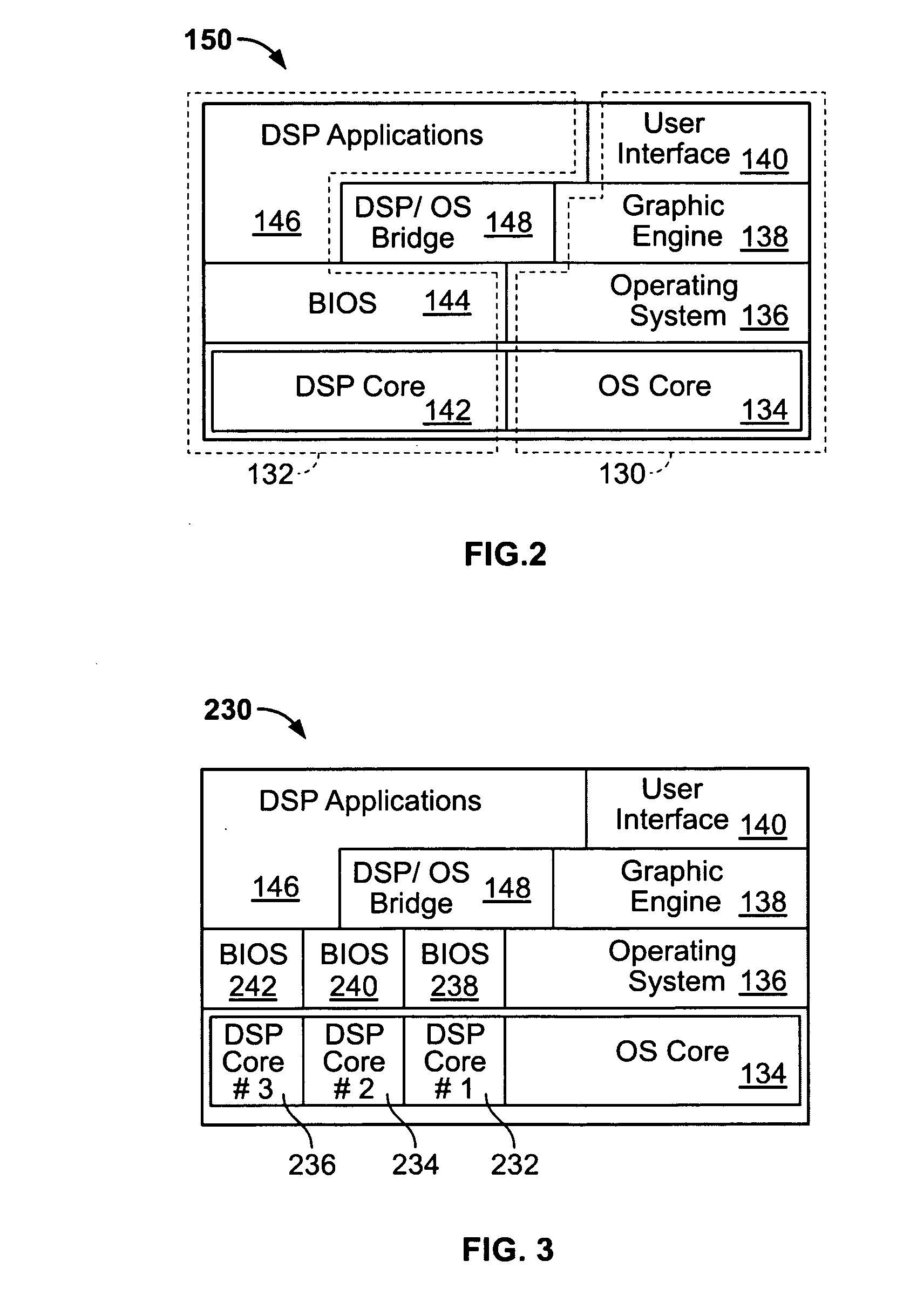Hand-held ultrasound system with single integrated circuit back-end
a technology of integrated circuits and ultrasound systems, applied in tomography, applications, instruments, etc., can solve the problems of limiting the amount of space needed during operation of the system, the system cannot be easily picked up and moved by a single, and the portability of the system,
- Summary
- Abstract
- Description
- Claims
- Application Information
AI Technical Summary
Problems solved by technology
Method used
Image
Examples
Embodiment Construction
[0015]FIG. 1 illustrates a block diagram of an ultrasound system 100 that uses components to facilitate both a smaller size system 100 and less power consumption. By way of example, the system 100 may be hand-held, hand-carried, or pocket-sized. Alternatively, the system 100 may be cart-based while being smaller, more lightweight and portable, and consuming less overall power compared to conventional cart-based ultrasound systems. Alternatively, the system 100 may interface with other cart-based components, such as a stand-alone monitor and a keyboard (not shown).
[0016]The ultrasound system 100 includes a probe 106, a front-end 118, and a back-end 120. The front-end 118 generally refers to the electronic circuitry that handles the transmit and receive beam forming, as well as the real-time control of the probe 106. The front-end 118 is typically implemented by hardware, using one or more circuit boards.
[0017]Previously, the back-end 120 was implemented using multiple circuit boards ...
PUM
 Login to View More
Login to View More Abstract
Description
Claims
Application Information
 Login to View More
Login to View More - R&D Engineer
- R&D Manager
- IP Professional
- Industry Leading Data Capabilities
- Powerful AI technology
- Patent DNA Extraction
Browse by: Latest US Patents, China's latest patents, Technical Efficacy Thesaurus, Application Domain, Technology Topic, Popular Technical Reports.
© 2024 PatSnap. All rights reserved.Legal|Privacy policy|Modern Slavery Act Transparency Statement|Sitemap|About US| Contact US: help@patsnap.com










